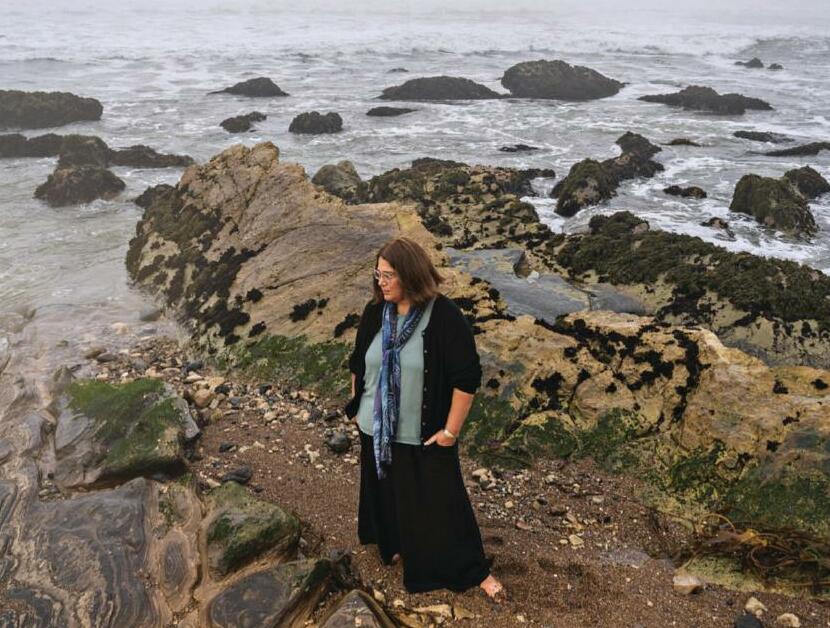
DAMP COLD SEEPED into my bones as the sun disappeared over Estero Bluffs State Park, near the town of Cayucos, California. I picked my way across tide pools, keeping an eye out for octopuses hiding between rocks. I was on a foraging tour with the organization Kelpful, learning to collect and prepare seaweed, just as the Chumash and Salinean People who first inhabited these lands did for thousands of years.
Diese Geschichte stammt aus der February 2025-Ausgabe von Travel+Leisure US.
Starten Sie Ihre 7-tägige kostenlose Testversion von Magzter GOLD, um auf Tausende kuratierte Premium-Storys sowie über 8.000 Zeitschriften und Zeitungen zuzugreifen.
Bereits Abonnent ? Anmelden
Diese Geschichte stammt aus der February 2025-Ausgabe von Travel+Leisure US.
Starten Sie Ihre 7-tägige kostenlose Testversion von Magzter GOLD, um auf Tausende kuratierte Premium-Storys sowie über 8.000 Zeitschriften und Zeitungen zuzugreifen.
Bereits Abonnent? Anmelden

SOUTHERN STAR
From Cape Town's cosseting hotels and the culinary pleasures of the Winelands to dramatic wildlife sightings at Sabi Sand, a classic South African itinerary reveals a nation primed for transformation.

Alla BOLOGNESE
Prosciutto, Parmigiano-Reggiano, tagliatelle al ragù.... The Italian city of Bologna and the surrounding Emilia-Romagna region have given the world some of its finest culinary treasures. But its chefs and producers aren't done yet.

A Different Pace
Her adventurous parents sparked a desire to see the world. But as they've gotten older, Sarah Greaves-Gabbadon is learning to slow down.

LEARNING TO LOVE THE LOUVRE
It's imposing, encyclopedic, and way too crowded. But use patience and a little strategy, argues Elaine Sciolino, and the world's greatest museum will enchant you.

SELMA steps out!
After a multiple sclerosis diagnosis, travel became nearly impossible for Selma Blair. At California's iconic and accessible-Rosewood Miramar Beach, the actor shares her advice on getting back out there.

Making Hotels More Hospitable
Major brands are answering the call for more accessible accommodations.

5 Reasons Cruises Are the Ultimate Accessible Vacation
THE COMFORT FACTOR - Traveling by ship often eliminates logistical headaches, says Rob Clabbers, a member of the T+L Travel Advisory Board and the founder and president of Q Cruise & Travel.

Dressed to the Nines
The latest draw for guests at luxury hotels? A straight-out-of-the-movies shopping spree.

Kids on Deck
Can a European river cruise be child-friendly? Kerry Spencer finds out.

The Realm of the Senses
For blind travelers, the world reveals itself in ways that go far beyond the visual.